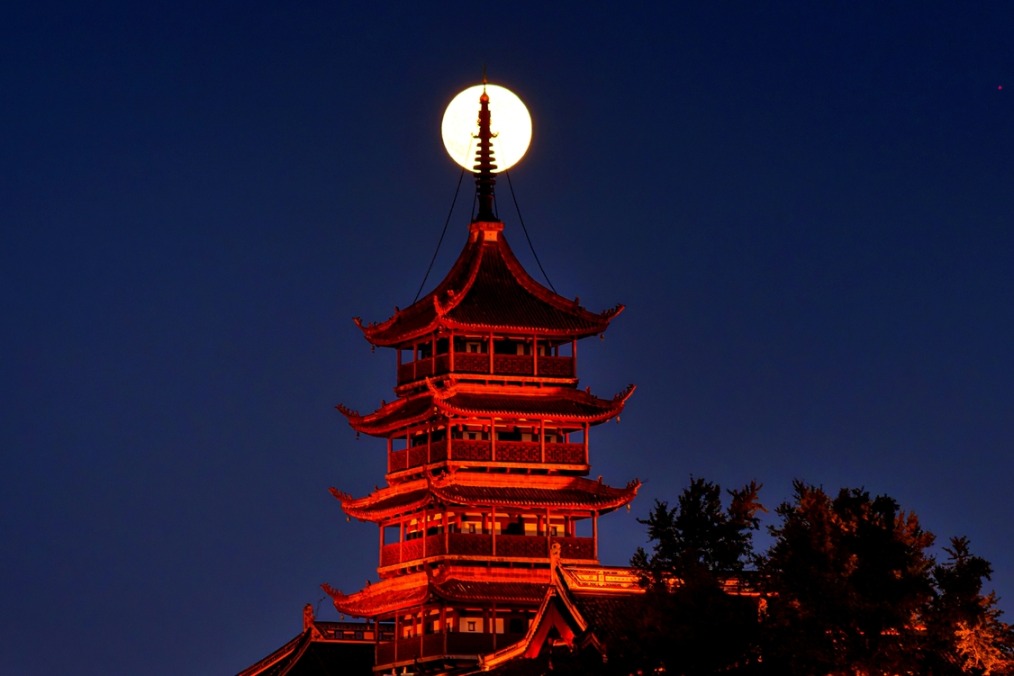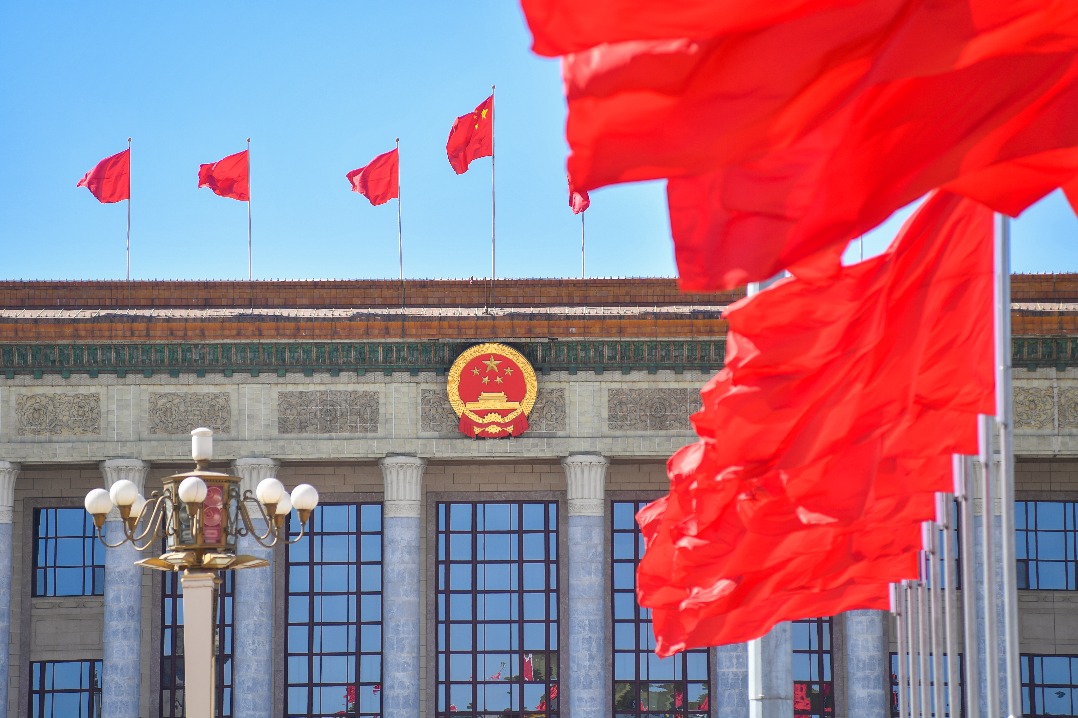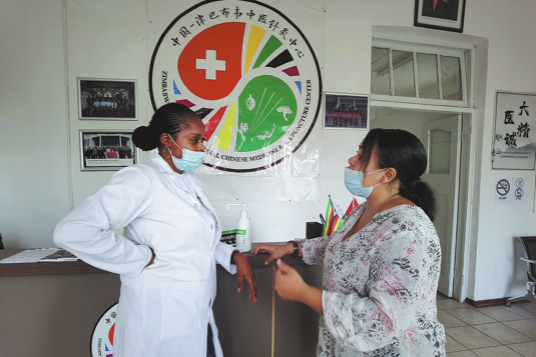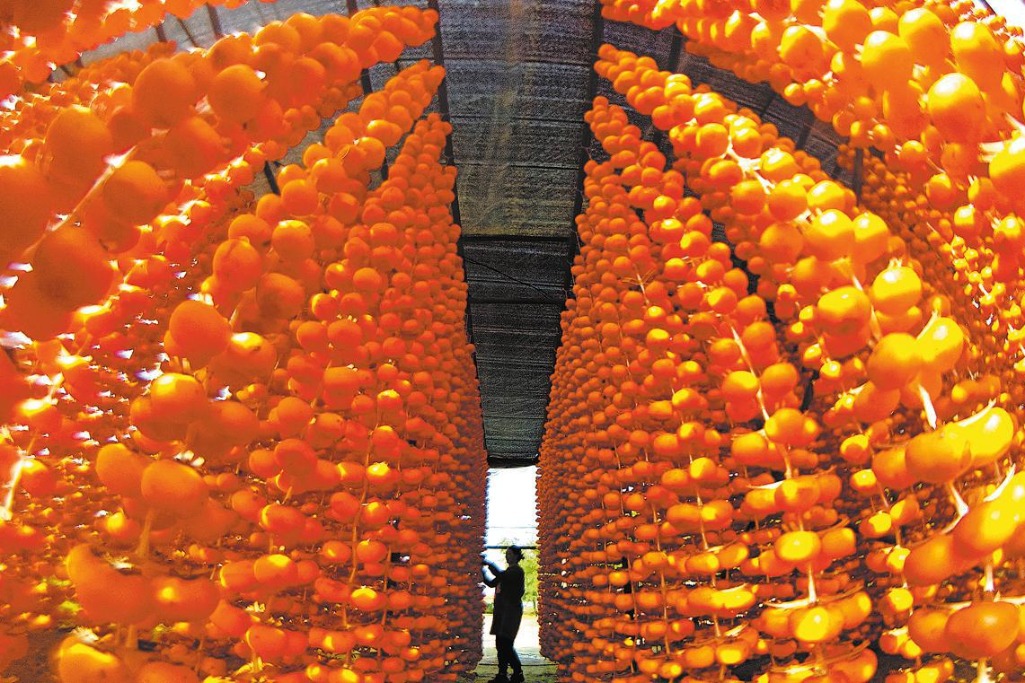New technology reduces harmful emissions from burning coal

A technology developed by Huazhong University of Science and Technology in Wuhan, Central China's Hubei province was recently assessed by an authoritative organization as a new energy-saving method that not only ensures no discharge of desulfurized waste water, but reduces emissions of harmful particles, including substantial amounts of sulfur trioxide, according to the university.
The technology, which can remove harmful particles produced from burning coal by using a chemical compound to make the particles agglomerated, was developed by a team led by Zhang Junying at the university's national-level coal combustion lab.
The technology was used to renovate two coal-fired generators at Ezhou power plant of Hubei Energy Group Co Ltd in March. Its performance was assessed by Xi'an Thermal Power Research Institute Co Ltd at the end of October. The assessment shows 54.3 percent of the sulfur trioxide produced from burning the coal can be removed.
Sulfur trioxide, which is highly corrosive, is over 10 times more harmful to the environment than sulfur dioxide, Zhang said.
- China surpasses 100 million kW in new energy storage
- HRC Group's LEU100 drone debuts at CIIE, targeting China's low-altitude mobility sector
- Bird-watching festival in Yunnan unveils new avian discoveries
- Shandong's Zhanhua winter jujube a modern success story
- Outstanding Chinese medical workers honored at Hunan event
- Large dolomite deposit discovered in Gansu




































